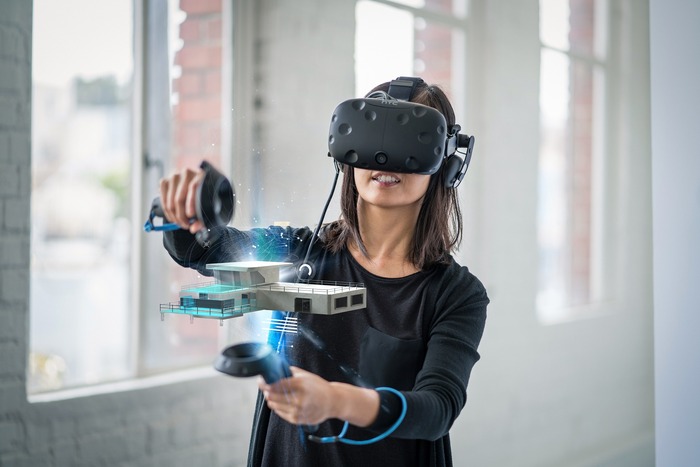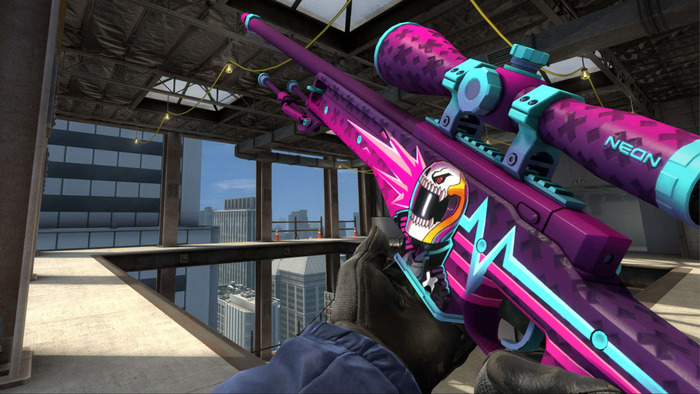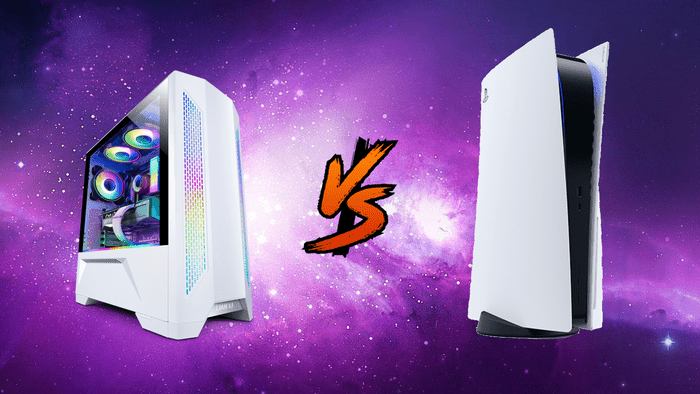The Rise of Virtual Reality: Immersing Players in a New Gaming Dimension
As a wave of digitization sweeps across industries, the gaming sector is not left behind. Pioneering this transformative journey is the rising trend of Virtual Reality (VR), a technology that allows players to step inside their favorite games and experience them from a perspective like never before. By simulating a three-dimensional environment that users can interact with in real-time, VR is redefining the frontiers of gaming. Let’s delve into the immersive world of VR gaming.
The Mechanics of VR
VR works by using cutting-edge technology and equipment to create an immersive virtual environment. At the heart of it, all are the VR headsets. Equipped with sensors and screens, these headsets track the movement of the user’s head and adjust the image on the screen accordingly, creating an illusion of being present within the game.

A crucial component is the motion tracking system. It includes handheld controllers or gloves with sensors that translate physical movement into digital input, allowing players to interact with the virtual world. For instance, in a VR sword-fighting game, a player’s physical sword swings are tracked and replicated within the game.
Adding another layer of immersion are haptic feedback devices, which simulate the sense of touch. In VR games, they can recreate various tactile experiences such as a gunshot’s recoil or the sensation of an object’s texture.
The Impact of VR on Gameplay
VR is transforming the gaming experience by adding a new level of immersion and interactivity. Instead of playing a game, you’re living it. A prime example of this can be seen in the realm of VR horror games. The player doesn’t just observe the eerie environment; they feel it, with every creaking door and ghastly apparition. The thrill of the game goes beyond the screen, offering a visceral experience that no traditional gaming medium can match.
In racing games like Gran Turismo, VR amplifies the rush of adrenaline. It’s no longer just controlling a car on a screen but sitting in the driver’s seat, steering, and accelerating amidst the roar of engines and the blur of speed. These experiences are not just entertaining but also realistic, creating memories as vivid as any real-life experience.
One unique aspect of VR gaming is the potential for enhanced fitness and well-being. Traditional gaming is often associated with sedentary behavior, but VR can transform physical activity into an engaging, immersive experience. Games like Beat Saber or BoxVR encourage players to move, duck, and swing, turning exercise into a fun and thrilling quest. This fusion of physical activity and gaming could even offer a solution to the growing issue of physical inactivity and associated health problems.
VR and Social Interactions
Beyond solo experiences, VR is also reinventing social interactions in gaming. The virtual space is evolving into a platform where players can gather, interact, and even build relationships in a more realistic manner.
Take, for example, VR Chat, a platform where users interact with others in a wide variety of virtual environments. They don’t merely use text or voice chat; they can use body language, give a high five, or even share a dance. It’s as close to a physical gathering as it can get in the virtual realm, opening up a new dimension of social gaming.

The Future of VR in Gaming
As VR technology continues to evolve, the implications for the gaming industry are immense. The already high levels of immersion and interaction could reach even greater heights, with more refined haptic feedback systems, more responsive motion tracking, and increasingly realistic visuals.
A particularly intriguing prospect is the potential of VR to revolutionize other interactive platforms. One such area is esport betting. As VR makes esports more immersive, it could stimulate interest in related activities like betting, making it a more engaging and interactive experience for participants.
Furthermore, VR could even become a mainstream medium for narrative storytelling, transforming passive viewing into interactive experiences. Imagine, instead of watching a fantasy film, you could be a part of it, living the adventure, and influencing the story’s outcome. VR also holds potential for serious gaming – games designed for purposes beyond pure entertainment. These could range from educational games that offer immersive, interactive lessons, to therapeutic applications helping individuals overcome fears or improve mental health. The realistic simulations of VR could make such applications more impactful, enhancing learning outcomes or therapy effectiveness
In a nutshell, VR is reshaping the gaming landscape, offering players immersive and interactive experiences that were once the stuff of science fiction. By enhancing the gameplay and revolutionizing social interactions, VR promises to take gaming to new heights. Whether it’s stepping into the shoes of a race car driver or surviving a horror story, the world of VR gaming is indeed a new gaming dimension waiting to be explored. As technology advances, the potential of VR in gaming is vast and exciting. It’s not just about playing games anymore; it’s about living them.






